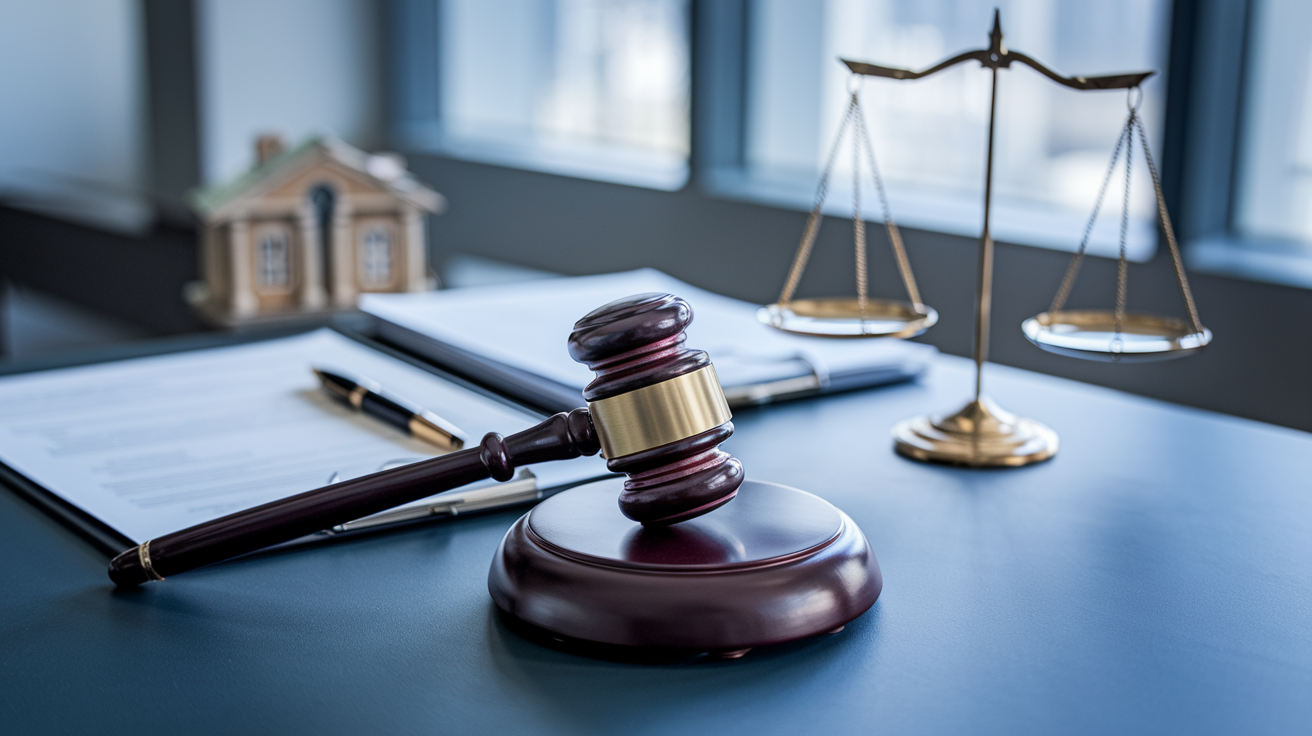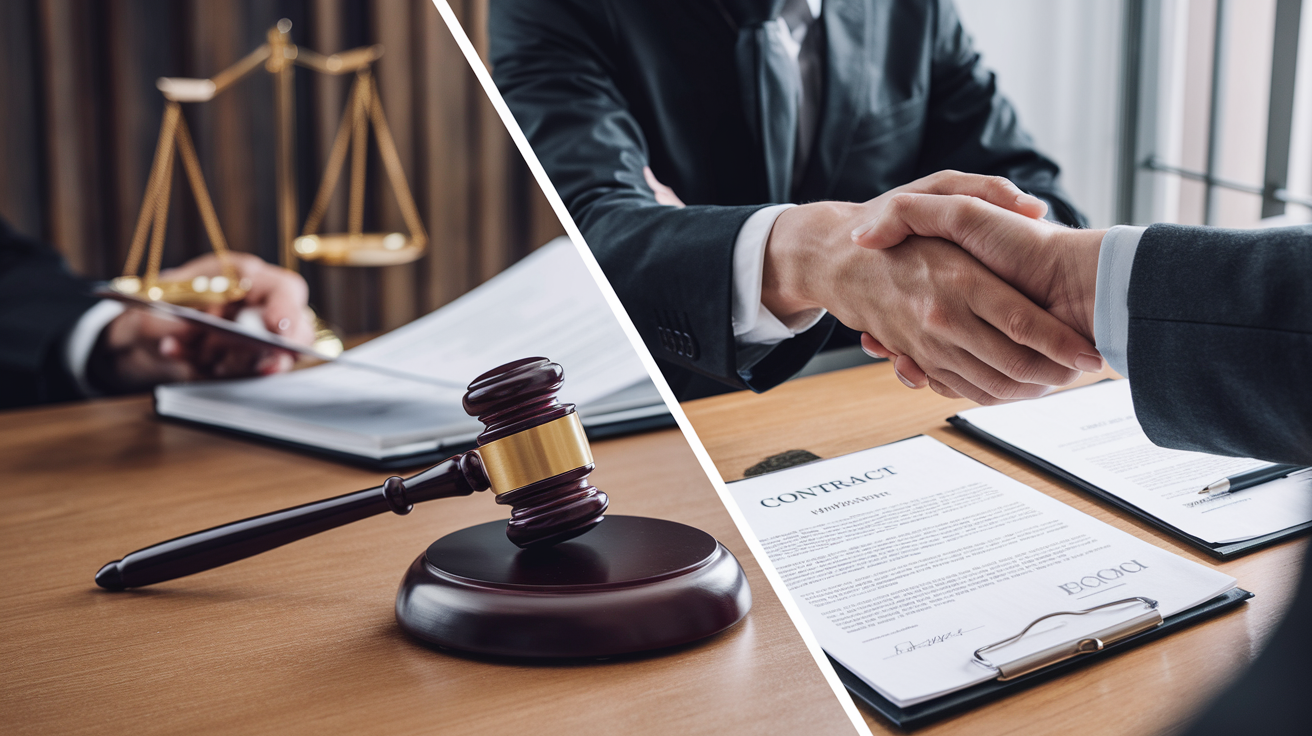The LUNA UST Bank Run
Just to be clear, there is no predominant or decided US or SEC lawsuit, litigation or “case” related to Terra Luna, or UST. One is sure to come though. Last month the LUNA crypto currency was worth 30 billion
, this month it’s worth less than 100 million. Its companion stablecoin, UST
, which is “pegged” one-to-one to the U.S. dollar, plunged below 37 cents. This is exactly the type of thing regulators were worried about, warning of and now, dwelling over.
Expect heavy handed drafts of proposed regulations to circle the news before being excised by a leveler minds. There is a difference between algorithmic stablecoins
, aka UST and collateralized stablecoins
, aka Tether, but the government isn’t exactly fond of either. Stablecoins are the threat closest to home in the eyes of the government.
“I see these instruments as incredibly opaque rather than transparent,” Bill Nelson
, chief economist of the Bank Policy Institute, told Protocol. “They end up being held with a lot of leverage and that’s where the danger comes.”
Terra is its own blockchain and it’s most well known product is the UST stablecoin. Stablecoins are used by crypto traders as safe havens; instead
of converting their more volatile assets into hard cash, which can be expensive and trigger tax implications, traders simply trade them for stablecoins.
UST, an algorithmic stablecoin, is a lot more complicated than collateralized stablecoins because it relies on algorithms to control and maintain that it is exchangeable on a dollar to dollar basis. UST relies upon code, constant market activity, and blind belief. UST’s peg was propped up by its algorithmic link to Terra’s base currency, Luna.
“The way these algorithmic stablecoins are designed, they have this upward force during bull markets, which is how they get so popular,” says Sam MacPherson
, an engineer at MakerDAO and the co-founder of the software design company Bellwood Studios. “But the same forces act in reverse during bear markets and expose their fundamental flaws. So that is eventually what triggered [the crash].”
Stablecoins in general use the rise and popularity of crypto to offer interest, sometimes at a significant rate while taking a wait and see approach regarding risk. This is the risk. The novelty of these ideas, coupled with the lack of regulation
or precedent is both a sign that we will get this right and also a concesssion that algorithmic stablecoins can go to 0.
The UST/LUNA free fall will also put some wind in the sails of a central bank digital currency.
WHAT HAPPENED
The Terra Luna ecosystem works as a series of triggers
between LUNA and UST, to maintain the UST peg to $1. LUNA is continuously burned via an algorithm to create upward pressure. The algorithm wasn’t a pure smart contract because it requires arbitragers
, through incentivization, to burn LUNA for UST as the peg floats close to $1.
It’s not clear at this time who, or what accomplished the LUNA/UST event, but it was undeniably an accomplishment. Speculation points to traders, with the legend growing by the day and the preponderance shifting from hack/illegality to exploitation of a flaw within UST/LUNA using long standing trading methods.
Step 1: a loan of 100000 Bitcoin, approximately $4 billion, is taken out. (This effectively narrows the responsible individual(s) down to .001% of the population.)
Step 2: The individual(s) sell the $BTC to Do Kwon, the creator of UST/LUNA who is in the process of collateralizing LUNA in exchange for UST. (I think there could be fraud, misrepresentation and unclean hands here)
Step 3: The individual(s) short $UST, $LUNA and $BTC. (This is another narrowing of the potential individual(s) responsible)
Step 4: The individuals dump $UST onto the market to depeg it from $1, triggering LUNA to mint at an accelerated rate. The flaw in the system is quickly noticed, the faith in the protocol slides quickly and users dump the token. (It’s possible that there is negligence here with lawsuits and civil culpability likely)
Step 5: Meanwhile, Do Kwon catches on to the effect of the individual(s) actions and he’s forced to sell $BTC from the LUNA reserves to prop up the peg.
Step 6: Do Kwon’s action do not work and all three assets collapse in price with LUNA going from $120 to .0000001 and the individual(s) responsible profiting billions from the event.
WHAT WILL HAPPEN NEXT
Treasury Secretary Janet Yellen
stated before the Senate Banking Committee, that Terra Luna’s crash “simply illustrates that this is a rapidly growing product and there are risks to financial stability which needs a framework that’s appropriate.”
LUNA’s collapse emphasized downward macro pressures and led to fear selling within the crypto industry as a whole. Terraform Labs, LUNA’s parent company is now being sued in multiple countries and there will be efforts to pierce the corporate fail related to Do Kwon. Do Kwon has not
been charged with any crimes and has not been sued, though the U.S. Securities and Exchange Commission is investigating him and the company he runs, Singapore-incorporated Terraform Labs, for failure to register, acting as an unregistered broker and other securities law violations.
There will be lawsuits, Do Kwon
, will be held accountable in some way, even if it’s just social media scrutiny, having to pick up the pieces or being forced out of LUNA/UST.
The most consequential effect of the event will be regulatory. But regulation was coming anyway. It’s just unfortunate that what occurred is along the lines of what regulators were worried about, which will emboldened their regulatory stance and actions.
WHAT TYPE OF REGULATION IS COMING
Commonwealth Bank CEO Matt Comyn predicts global coordination with some form of liquidity coverage ratios that ensure providers of stablecoins, can return fiat money to users in times of market stress. Considering what just happened, this type of in force collateralization is almost a given. Let’s not forget, LUNA was technically trying to collateralize at the time of this pseudo bank run.
Congress held a hearing regarding the risks if stablecoins in December. President Biden’s working group called for “ urgent
” action to regulate them.
Massachusetts Representative Jake
Auchincloss tells TIME that he’s in the process of drafting legislation requiring stablecoins to be federally audited. Auchincloss doesn’t seek to ban stablecoins, as he believes they could play a role in “keeping the U.S. dollar as the world’s reserve currency.” But he hopes to bring stablecoins under the purview of a federal bureau like the Comptroller of the Currency; to make sure stablecoin issuers can prove they have 90 days of liquid reserves; and to explore the idea of mandating that they provide insurance for customers. “We’re going to let private sector actors make their own risk-reward decisions, and we’re going to empower the federal government to ensure that there’s no systemic risk forming from the sector,” he says.
Not sure if this laissez faire attitude is shared by the rest of the policymakers. It is well known Janet Yellen is pushing for Congress to act on behalf of the United States. The United Kingdom/Britain
is planning to bring stablecoins under the purview of electronic payment regulation. China states that all activities related to digital currencies are illegal, including stablecoins and especially for those intending to buy and use them as a currency. That being said, China is not confiscating crypto currencies. Almost every continent, regulatory body and union is taking notice
of stablecoins because of the Terra Luna fiasco.
The casualty of the fiasco is the people who lost their money. Do Kwon will likely create and possibly successfully launch Luna 2.0
before he or those involved in the crash are legally scrutinized for their actions. If you or your company lost money or assets in the Luna/UST crash, please call my office at 407-452-4918.











